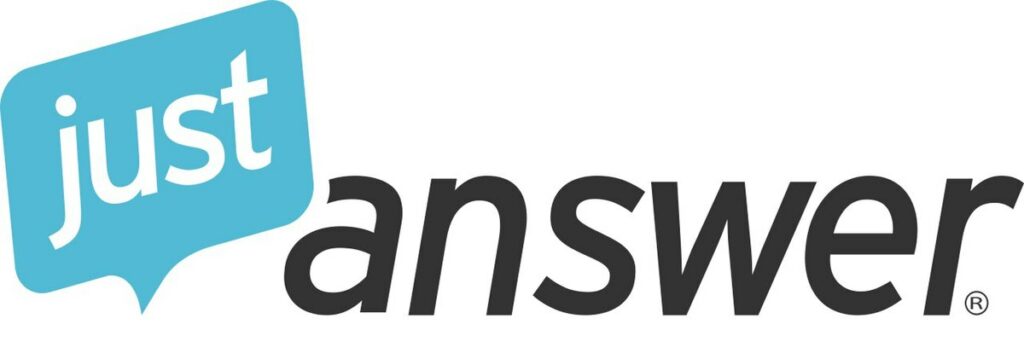Social Security Disability Insurance (SSDI) and Supplemental Security Income (SSI) are federal programs designed to provide financial assistance to individuals with disabilities. The SSDI program is primarily funded by payroll taxes, while the SSI program is financed through general tax revenues. Both programs aim to support people who are unable to work due to a disability. In this guide, we will explore the eligibility criteria, application process, and various aspects related to these essential programs.
Understanding the Difference Between SSDI and SSI
Before diving into the details, it’s crucial to understand the key differences between SSDI and SSI.
SSDI: Social Security Disability Insurance
- Based on work history and contributions to the Social Security system
- Requires a certain number of work credits to qualify
- Benefits are calculated based on your earnings record
- No income or resource limits to qualify
- Dependents may be eligible for benefits
SSI: Supplemental Security Income
- Needs-based program for individuals with limited income and resources
- No work history requirement
- Provides a fixed monthly amount, which may be reduced based on other income
- Strict income and resource limits apply
- No dependent benefits
Determining Eligibility for Social Security Disability Benefits
To qualify for SSDI or SSI benefits, applicants must meet specific eligibility criteria:
Medical Eligibility
Disability Definition: The Social Security Administration (SSA) defines a disability as a medical condition that has lasted or is expected to last for at least 12 months or result in death. The condition must prevent the individual from engaging in substantial gainful activity (SGA).
Severity of Condition: The disability must be severe enough to limit the individual’s ability to perform basic work-related tasks, such as walking, sitting, lifting, or remembering instructions.
List of Impairments: The SSA maintains a list of impairments, known as the “Blue Book,” which includes various medical conditions that qualify for disability benefits. However, even if a condition is not listed, an individual may still be eligible if they can prove that their disability is equivalent in severity to a listed impairment.
Non-Medical Eligibility
Work Credits: For SSDI, applicants must have earned a certain number of work credits, based on their age and work history. Work credits are accumulated through the payment of Social Security taxes on earned income.
Income and Resources: For SSI, applicants must meet strict income and resource limits. Countable income includes earned income, unearned income, and in-kind income, while resources encompass cash, bank accounts, stocks, bonds, and real property.
The Social Security Disability Application Process
The application process for Social Security Disability benefits involves several steps:
Step 1: Gather Necessary Documentation
Before applying, collect pertinent documentation, such as:
- Medical records and test results
- Work history and earnings information
- Social Security number
- Contact information for medical providers
- Bank account details for direct deposit
Step 2: Submit the Application
Applicants can submit their application for SSDI or SSI benefits online, by phone, or in person at a local Social Security office.
Step 3: Initial Review
The SSA will review the application to determine whether the applicant meets the basic eligibility criteria.
Step 4: Disability Determination
If basic eligibility is met, the application is forwarded to the state Disability Determination Services (DDS) office, which will evaluate the applicant’s medical evidence and assess the severity of the disability. The DDS may also request additional information or schedule a consultative examination.
Step 5: Decision and Notification
Once the DDS completes its evaluation, the applicant will receive a written decision. If approved, the letter will outline the benefits and payment details. If denied, the letter will explain the reasons for the denial and provide information on the appeals process.
Appealing a Denied Social Security Disability Claim
If an application is denied, applicants have the right to appeal the decision. There are four levels of appeal:
- Reconsideration: A different examiner will review the application and any new evidence submitted.
- Hearing: If reconsideration is unsuccessful, applicants can request a hearing before an Administrative Law Judge (ALJ).
- Appeals Council: If the ALJ’s decision is unfavorable, applicants can request a review by the Social Security Appeals Council.
- Federal Court: If all else fails, applicants can file a lawsuit in federal court.
Tips for a Successful Social Security Disability Application
To increase the chances of a successful application, consider the following tips:
- Provide comprehensive medical documentation.
- Submit a detailed work history.
- Be honest and accurate about your limitations.
- Keep track of deadlines and promptly respond to any requests for information.
- Seek the assistance of a disability attorney or advocate, if necessary.
Conclusion
Navigating the Social Security Disability system in the US can be complex, but with a thorough understanding of the eligibility criteria, application process, and potential challenges, applicants can improve their chances of securing the benefits they need. By preparing a strong application and remaining persistent, individuals with disabilities can access the financial support that helps them maintain a better quality of life.
Frequently Asked Questions (FAQs)
1. How long does it take to receive a decision on a Social Security Disability application?
The processing time for applications varies, but it typically takes 3-5 months. The duration depends on factors such as the complexity of the case, the availability of medical records, and the need for additional examinations.
2. Can I work while receiving Social Security Disability benefits?
Yes, you can work while receiving benefits, but there are limits to how much you can earn. The SSA has programs like the Ticket to Work program that encourage beneficiaries to work while receiving benefits.
3. Will my Social Security Disability benefits ever be reviewed?
Yes, the SSA periodically reviews disability cases to ensure beneficiaries still meet the eligibility criteria. The frequency of these reviews depends on the severity of the disability and the likelihood of improvement.
4. Can I receive both SSDI and SSI benefits at the same time?
In some cases, individuals may qualify for both SSDI and SSI benefits, known as concurrent benefits. To qualify, you must meet the eligibility criteria for both programs.
5. How do I check the status of my Social Security Disability application?
You can check the status of your application online, by calling the SSA, or by visiting your local Social Security office.
| Further Reading |
|---|
| Demystifying Social Security: Your Roadmap to a Secure Financial Future |
| Retire Like a Pro: Mastering the Art of Retirement Planning in the US |
| Source | Link |
|---|---|
| Social Security Administration | Visit Website |
| Disability Benefits Help | Visit Website |
| Benefits.gov | Visit Website |










